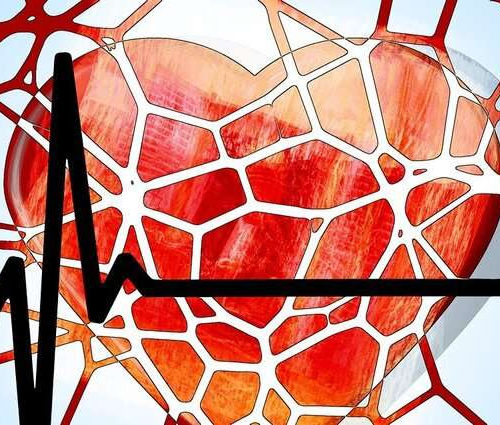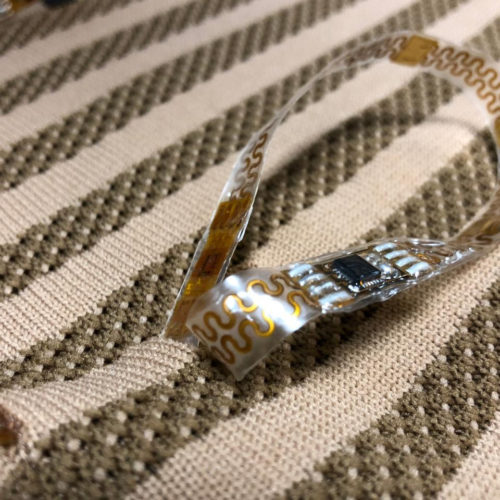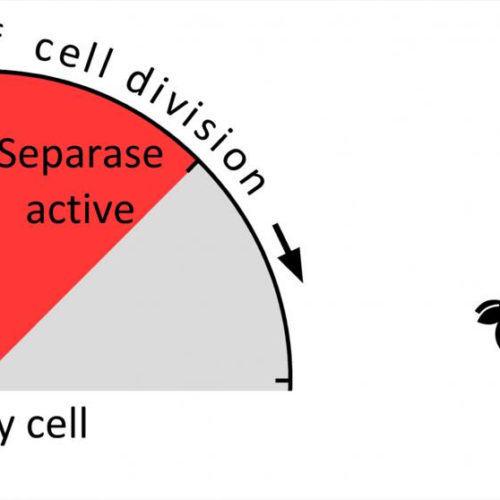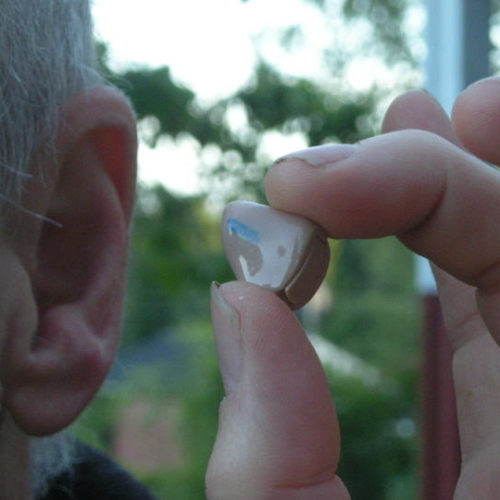by UT Southwestern Medical Center A combination of immunotherapy agents that encourages some immune cells to eat cancer cells and alert others to attack tumors put mice with a deadly type of brain cancer called glioblastoma into long-term remission, a new study led by UT Southwestern scientists suggests. The finding, published online March 20, 2020,...
Preventing metastasis: An antibody with therapeutic potential
by German Cancer Research Center A receptor in the cell layer that lines the blood vessels from the inside stimulates both the formation of new blood vessels in tumors and metastasis. Scientists at the German Cancer Research Center in Heidelberg (DKFZ) and the Mannheim Medical Faculty of the University of Heidelberg have succeeded in blocking...
Abdominal fat cells could aid sepsis fight
by University of Edinburgh Experts say the cells—located in the curtain of tissue that covers the intestines—play a vital role in containing the spread of peritonitis, which is triggered by abdominal infection after a perforation in the intestines. The study could pave the way for new treatments to combat sepsis, which kills more than 50,000...
A small piece of genetic material could be key to diagnosing, treating high blood pressure
by University of Glasgow A small piece of genetic material could hold the key to diagnosing and treating high blood pressure earlier, according to new research by scientists at the University of Glasgow, who found that a small piece of genetic material could explain why arteries become increasingly stiff (which happens in high blood pressure)...
Sensors woven into a shirt can monitor vital signs
CAMBRIDGE, MA — MIT researchers have developed a way to incorporate electronic sensors into stretchy fabrics, allowing them to create shirts or other garments that could be used to monitor vital signs such as temperature, respiration, and heart rate. The sensor-embedded garments, which are machine washable, can be customized to fit close to the body...
Sensor detects biomarker of early-stage multiple sclerosis
Diagnostic strategy developed by Brazilian researchers can also be used to distinguish MS from neuromyelitis optica, another demyelinating disorder. The two diseases have similar symptoms but must be treated differently. FUNDAÇÃO DE AMPARO À PESQUISA DO ESTADO DE SÃO PAULO Researchers at the Federal University of São Carlos (UFSCar) in Sorocaba (state of São Paulo,...
A cellular mechanism protecting against cancer
Susanne Hellmuth and Olaf Stemmann from the Chair of Genetics at the University of Bayreuth have discovered a natural protective mechanism that leads to the programmed death of potentially diseased cells. It protects from cancer that can develop as a result of irregular distribution of genetic information to daughter cells. The enzyme separase plays a...
New approaches to treating obesity, metabolic syndrome and diabetes
by Immanuel Kant Baltic Federal University In the 21st century, the search for methods of treating noncommunicable diseases, such as obesity, metabolic syndrome, and diabetes are among the top priorities. Prevention and treatment of these diseases include changing and controlling lifestyle, diet, and the use of pharmaceuticals. Despite the progress in medicine and pharmacology (developing...
Scientists identify the cells in human lungs, noses and intestines that are most vulnerable to the coronavirus
By IAN RANDALL FOR MAILONLINE and PRESS ASSOCIATION COVID-19 needs two particular proteins to gain access inside target cells Researchers used a database of cell types to find which have both proteins They found that coronavirus exploits a protein that usually helps fight viruses The findings may help experts as they hunt for treatments against...
Mitochondria in Age-Related Hearing Loss
In this open access paper, researchers present evidence to suggest that the mitochondrial dysfunction that accompanies aging may be a meaningful cause of the loss of neurons that contributes age-related hearing loss, in the sense that it increases the incidence of necroptosis, a form of programmed cell death. Present thinking on the progressive deafness of...










